Four charges are arranged at the corners of a square ABCD as shown in the figure. Force on the positive charge kept at the centre O is:
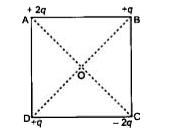
along the diagonal AC
along the diagonal BD
perpendicular to side AB
zero Question
The correct Answer is:a
Magnitude and polarity of charges at point B and D are same. Thus, force at O due to these charges cancel each other. Polarities of charges at A and C are opposite, therefore force on charge kept at the centre O is along the diagonal AC.
Similar Questions
Four charges are arranged at the corners of a square ABCD as shown in the figure. The force on the charge kept at the centre O will be:
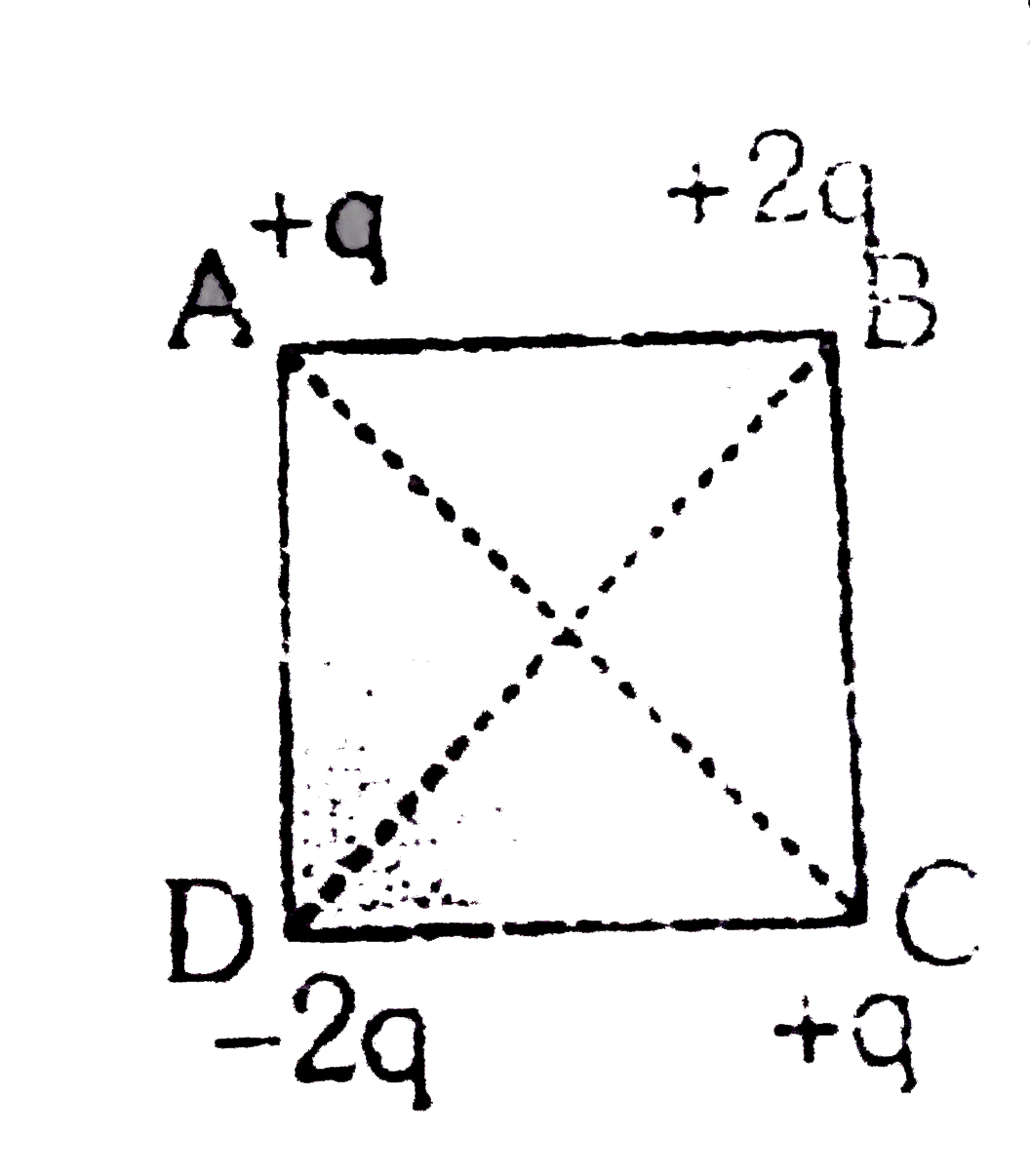
View SolutionFour charges are arranged at the corners of a square ABCD, as shown. The force on a positive charge kept at the centre of the square is
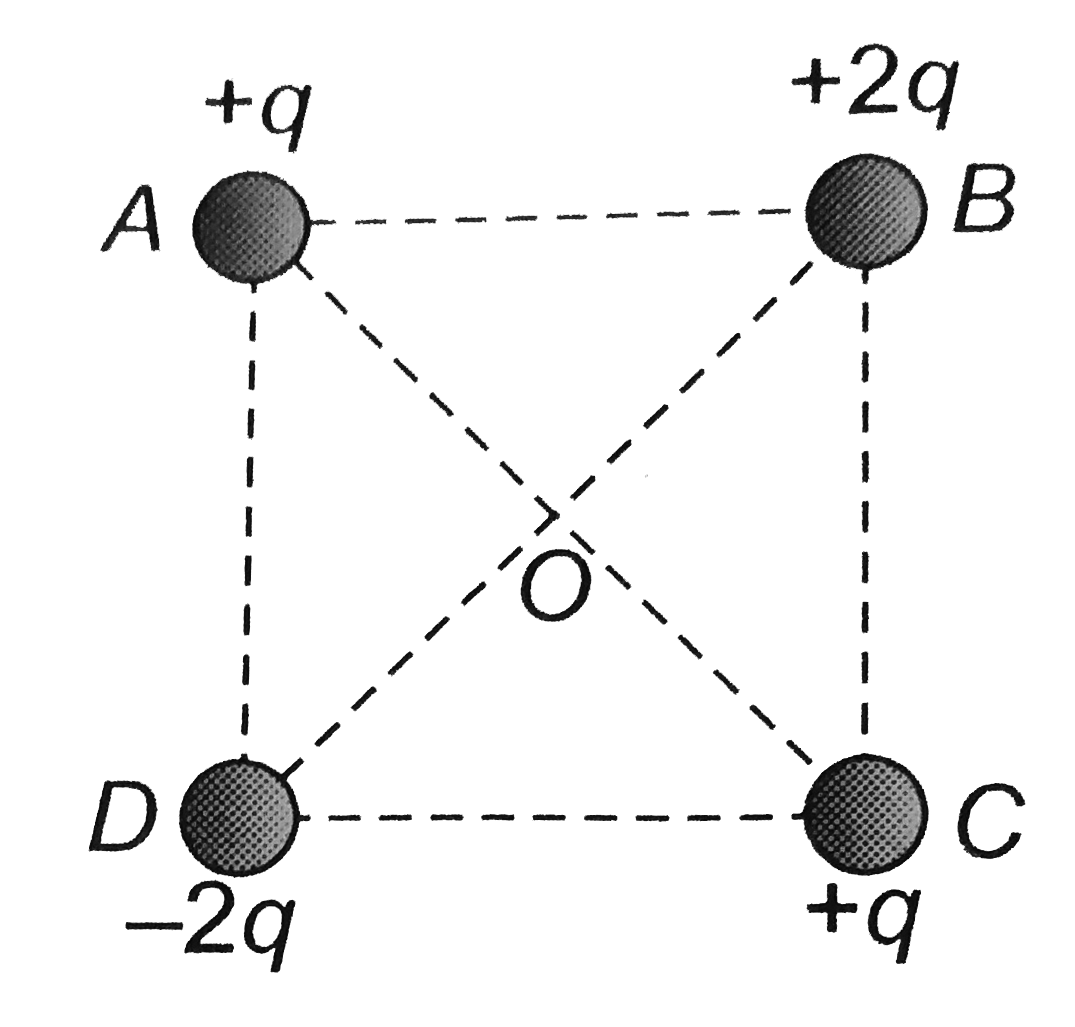
(A)zero (B)along diagonal AC
(C)along diagonal BD (D)perpendicular to the side AB
View Solution
Knowledge Check
Four charges are arranged at the corners of a square ABCD, as shown in the adjoining figure. The force on the charge kept at the centre O is
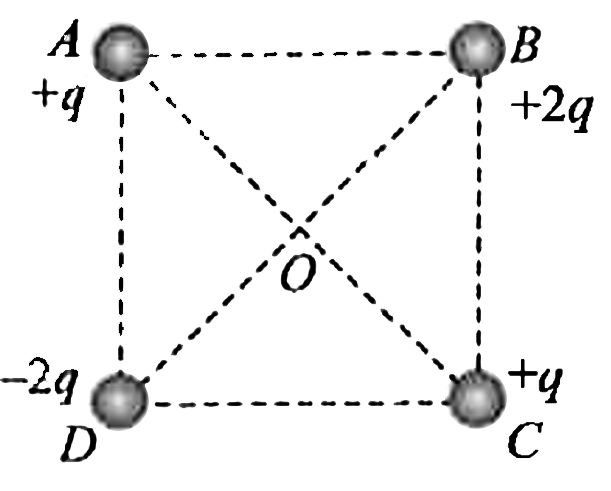 Aalong the diagonal BDBalong the diagonal ACCzeroDperpendicular to side AB
Aalong the diagonal BDBalong the diagonal ACCzeroDperpendicular to side AB
Four charges are arranged at the corners of a square as shown in the figure. The direction of electric field at the centre of the square is along
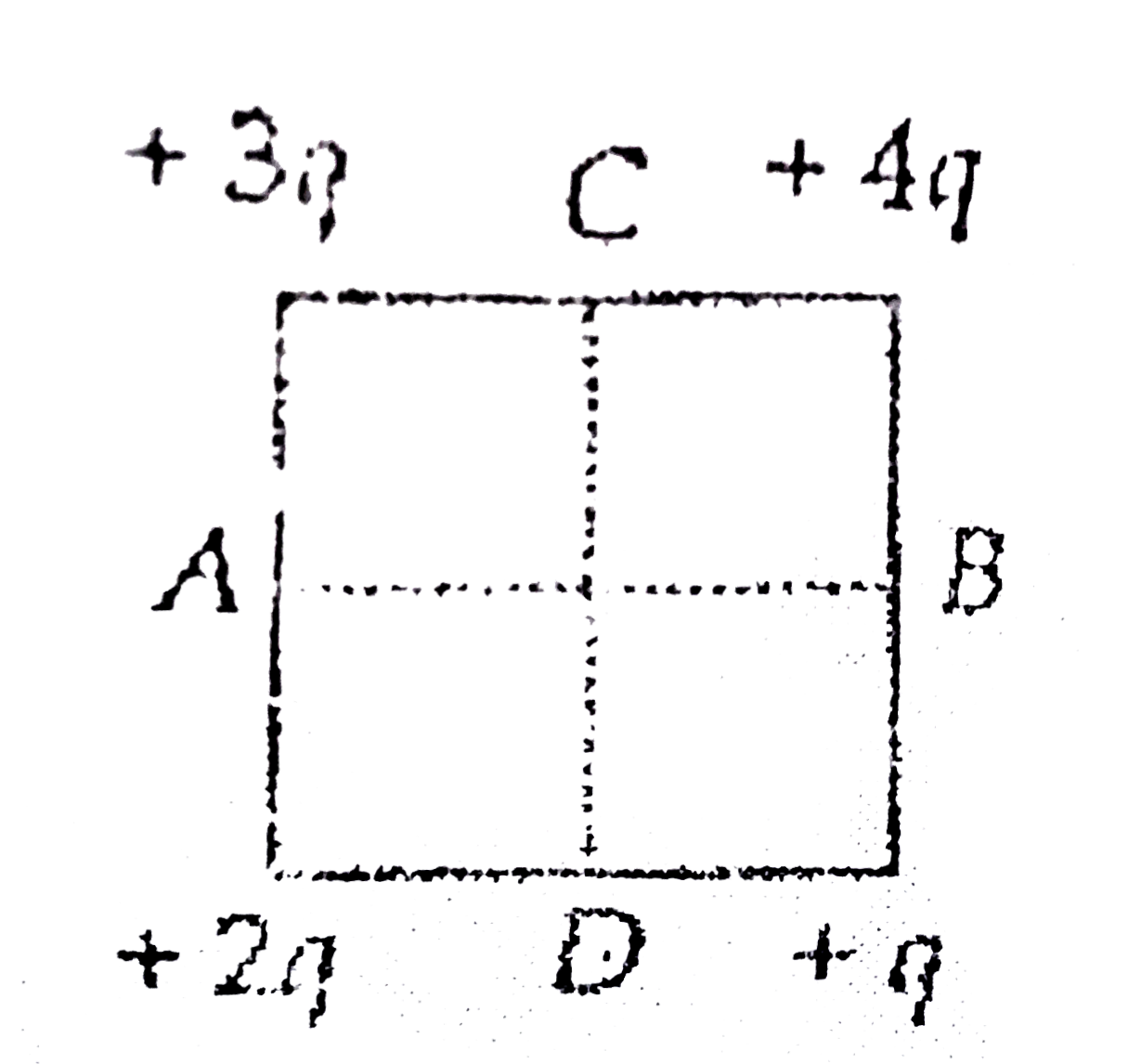
View SolutionFour point charges are placed at the corners of a square ABCD of side 10 cm, as shown in figure. The force on a charge of 1μC placed at the centre of square is
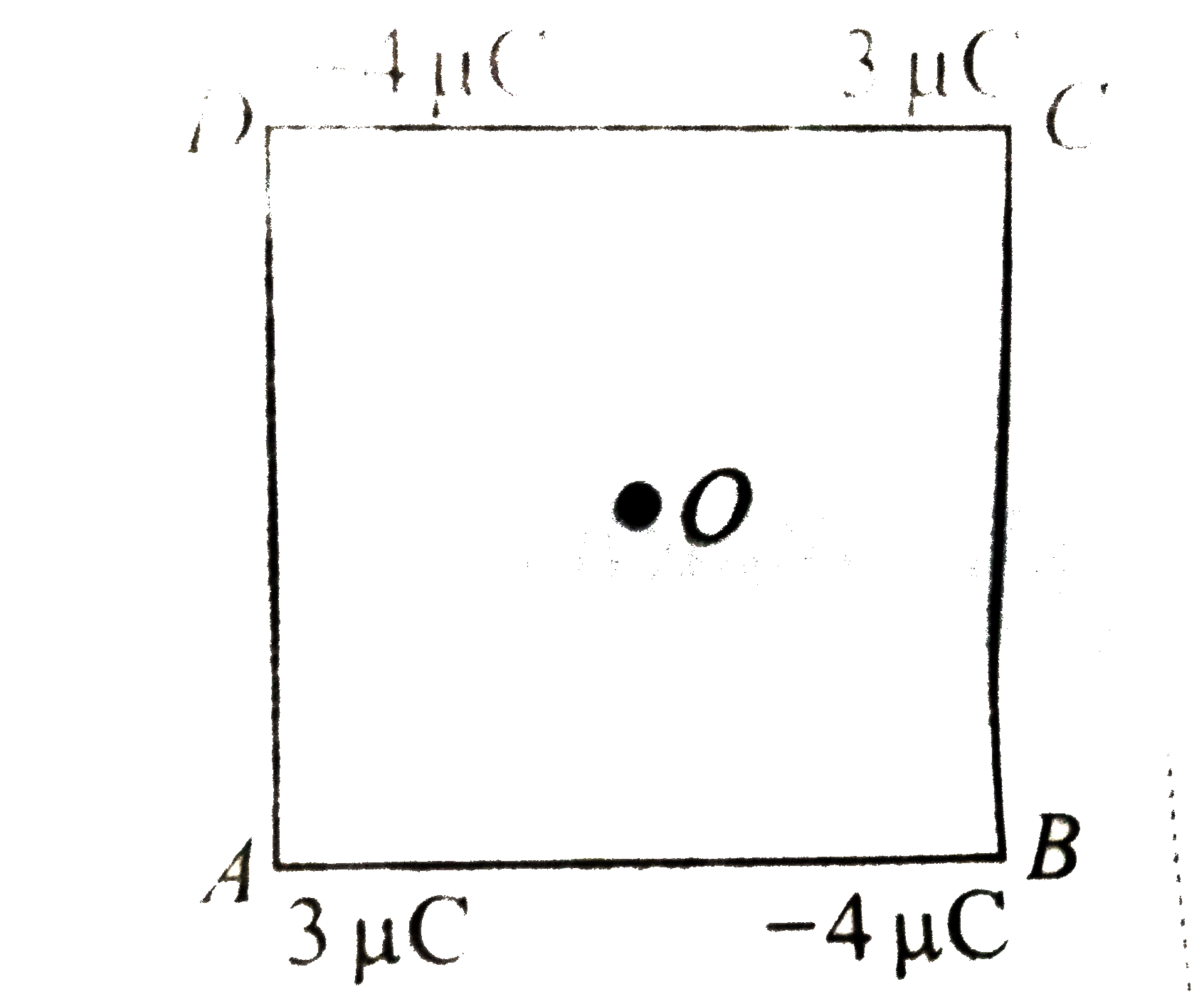
View SolutionThree particles each of mass m are placed at the three corners of an equilateral triangle of side a. The work which should be done to increase the sides of the triangle to 2a is
View SolutionFour particles of masses 2,2,4,4 kg are arranged at the corners A,B,C,D of a square ABCD of side 2m as shown in the figure. The perpendicular distance of their centre of mass from the side AB is

View SolutionFour charges are placed at four corners of a square as shown in figure. The side of the square is a. Two charges are positive and two are negative, but their magnitudes are the same. Now, an external agent starts decreasing all the sides of the square slowly and at the same rate. What happens to the electrical potential energy of the system and what will be the nature of work done by the agent?
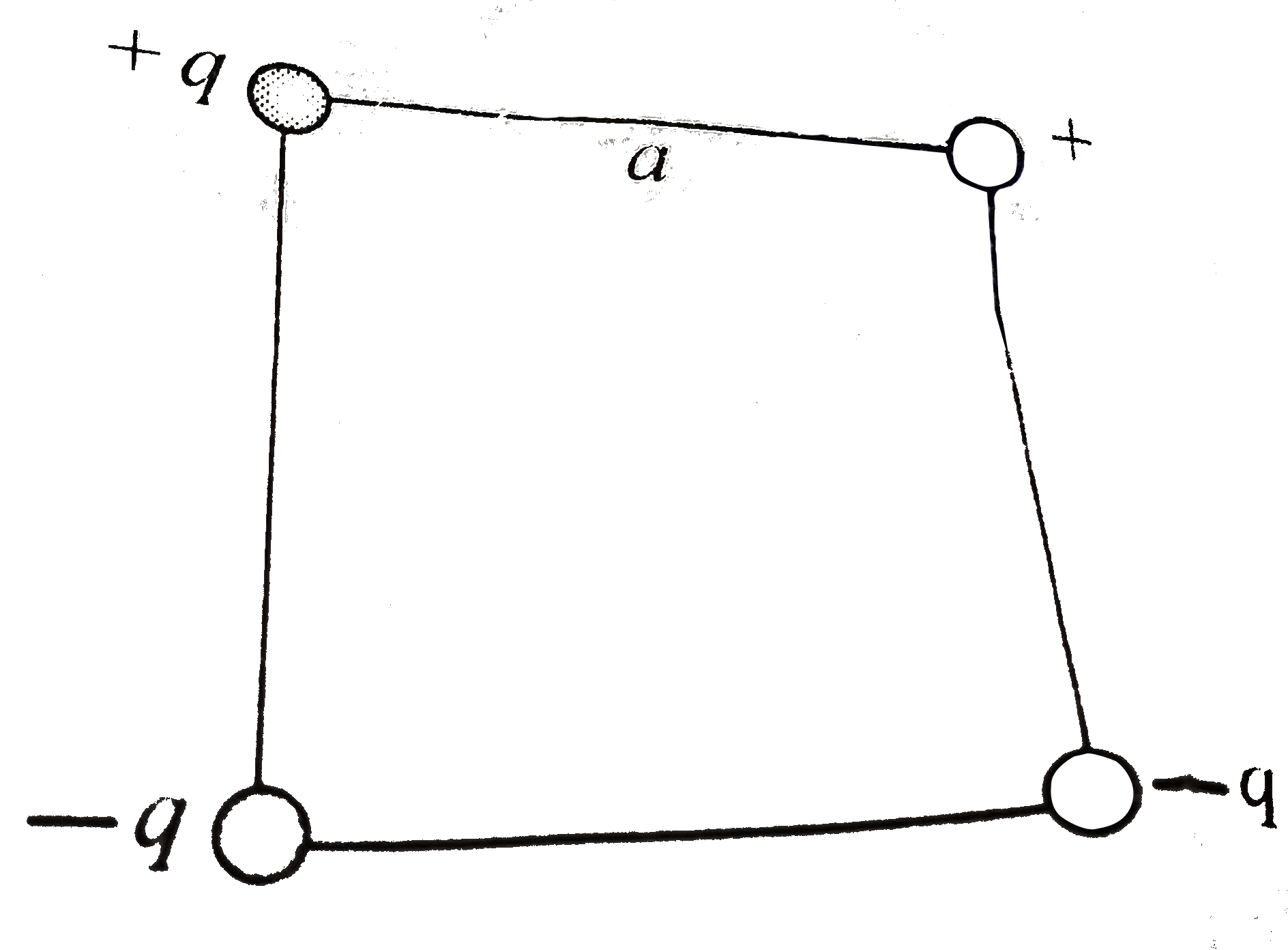
View SolutionFour point masses are placed at the corners of a square of side 2 m as shown in the figure. Find the centre of mass of the system w.r.t. the centre of square.
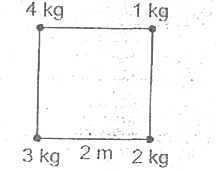
View SolutionFour point charges Q, q, Q and q are placed at the corners of a square of side' a' as shown in the figure.
Find the .
(a) resultnat electric force on a charge Q and .
(b) potential energy of this system.
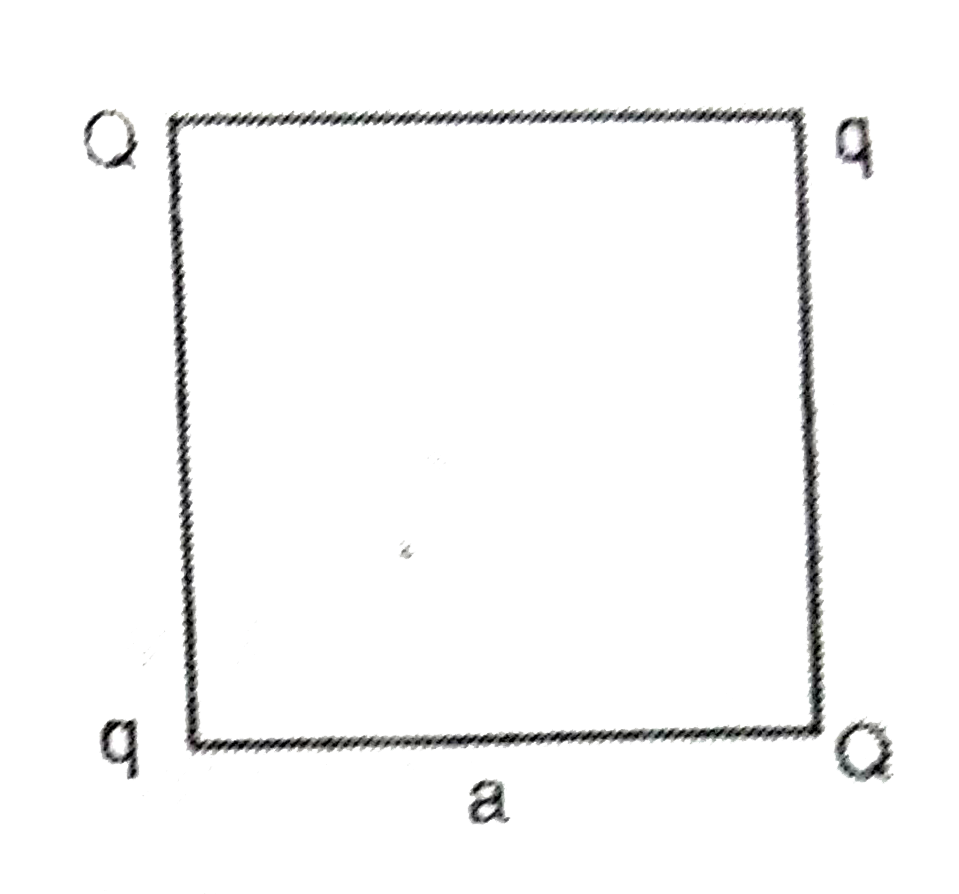
View Solution
